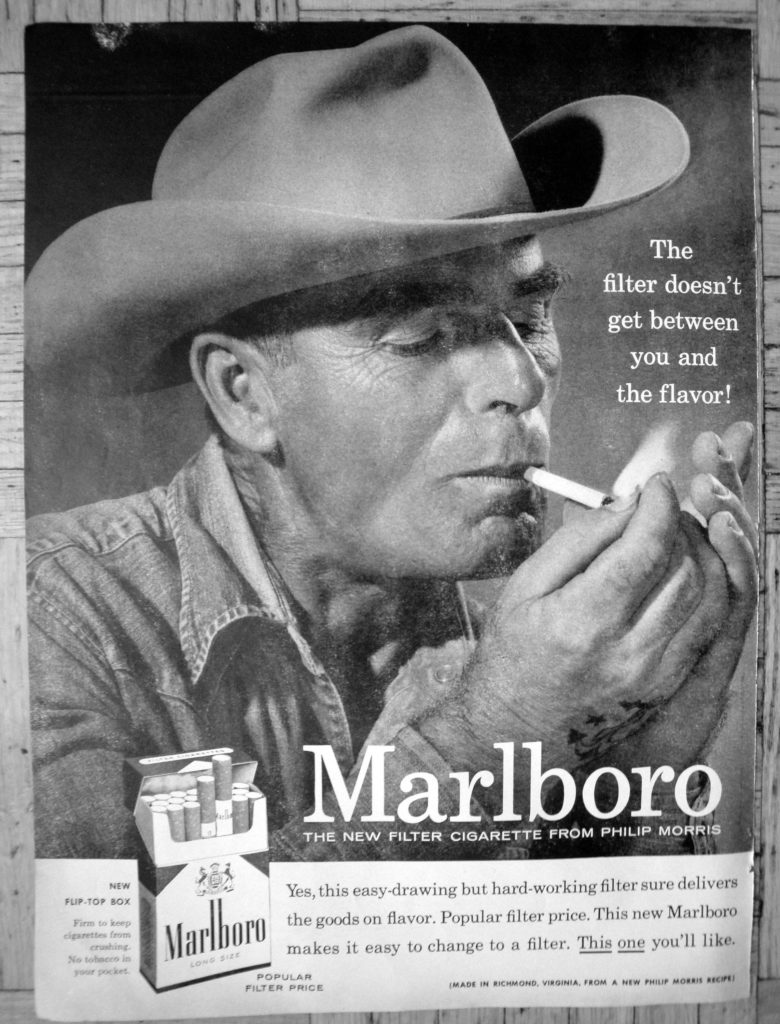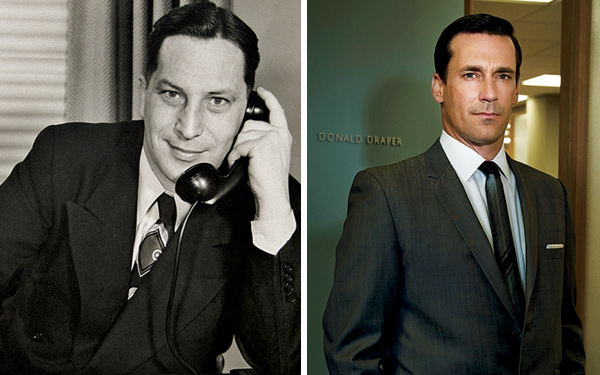I am constantly astonished by little things in my life that suddenly pop up out of the blue.
One of the most unexpected was the other day when I discovered I’d been taught by the real Don Draper.
You know: Don Draper from Mad Men.
In my autobiography, “You Did What?” I reveal what advertising was really like in those alcoholic and worse days.
The Don Draper episode occurred when I had my first big job in London.
I was a copy group head at an agency called Leggett, Nicholson, which was taken over by Leo Burnett.
Leo Burnett sent an executive to run the agency – and two guys to train us.
I remember nothing about the executive. He made no impression on me or, as far as I recall, anyone else.
But the people who came to train us were something else.
Two very tall Americans with crew cut grey hair. And the lesson they taught was priceless “How to Present”
One was called Draper Daniels, and I didn’t realise then or until three days ago how important he was in the history of advertising.
They taught me something that proved so valuable to me I can’t even begin to tell you.
It was the art of presentation.
Most presentations, as you will know from dreary experience, are boring as hell.
Few with any experience of these bore-a-thons get all a quiver at the thought of yet another presentation, but we were excited.
Who were these men from Chicago? What would we learn?
They taught us what you must learn if you want to sell anything.
And that is, give examples.
“One example is worth a ton of bullshit” I like to say.
Their example was a pitch they had done to get a big bank in Chicago.
The idea they were selling was that the bank should be represented by a Lion.
I cannot remember the name of the bank, or the lion – this was over 50 years ago. Yet I still remember how they sold the idea.
They used a weapon which David Ogilvy once told me about over dinner in Claridges in 1986.
That weapon is charm.
He said it was the key to success in advertising.
Those two made you smile with the way they presented the idea.
They knocked down your objections – but with charm
They asked and answered questions in a folksy sort of way – “Why would a crazy lion make sense for a bank? Well, lions are courageous, lions are bold, lions are trustworthy.”
I can’t remember much about the presentation beyond that, and it was only recently that I discovered who exactly had been teaching me.
I don’t remember the other guy’s name, but one was Draper Daniels – at that time the highest paid copywriter in American advertising.
And he deserved it, though for a reason he came to regret.
Draper Daniels wrote the advertising that made Marlboro the biggest selling cigarette in the world.
His campaign transformed Marlboro from what it had been – a rather unsuccessful brand aimed mainly at women – into the epitome of masculinity.
It was Draper Daniels thinking that made this change, he introduced masculinity into the advertising – guys with tattoos on their wrists.

Marlboro took off like a rocket, though later when Daniels learned what harm cigarettes did he bitterly regretted his success.
The pair of them also told us stories about Leo Burnett. Stories I still remember.
When the Marlboro advertising was put into research the research said it wouldn’t work.
Leo Burnett said “I don’t care what the research says, we’re going to run it. And if you guys don’t like it I’m going to leave and start my own agency.”
Stories are what make people remember things.
The oldest form of entertainment in the world must surely be the story, going back to the days of cavemen.
They told us many stories about Leo Burnett and his eccentricities.
He focused so much on his work, and was incredibly absentminded. Once he was so preoccupied with something that locked himself in a broom cupboard.
One of the creators of the series Mad Men the other day revealed Don Draper was based on Draper Daniels.

The picture you see of him was of course a good ten years before I met him – long before crew-cuts became the fashion. But as you can see, there is quite resemblance to John Hamm of Mad Men.
Did that story interest you? Then go and check out more here about “You did WHAT?”.
It tells lots of stories, some about advertising. Most about things I didn’t mention – or dare to -in my other books. Like my years under a false name, the time I went broke – and the stabbings.
Yes: the stabbings, the lady of the night – and more
If you sign up at the bottom of the landing page you could get a discount when it comes out – just before Christmas.